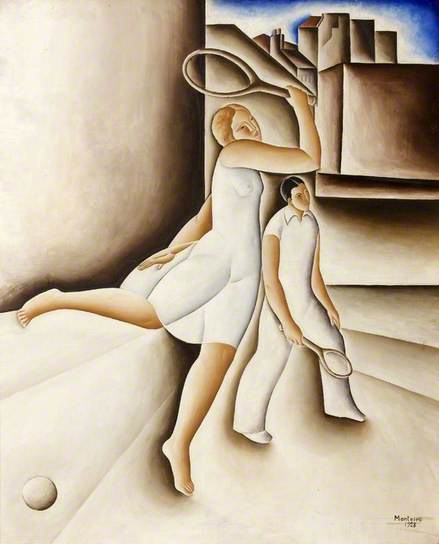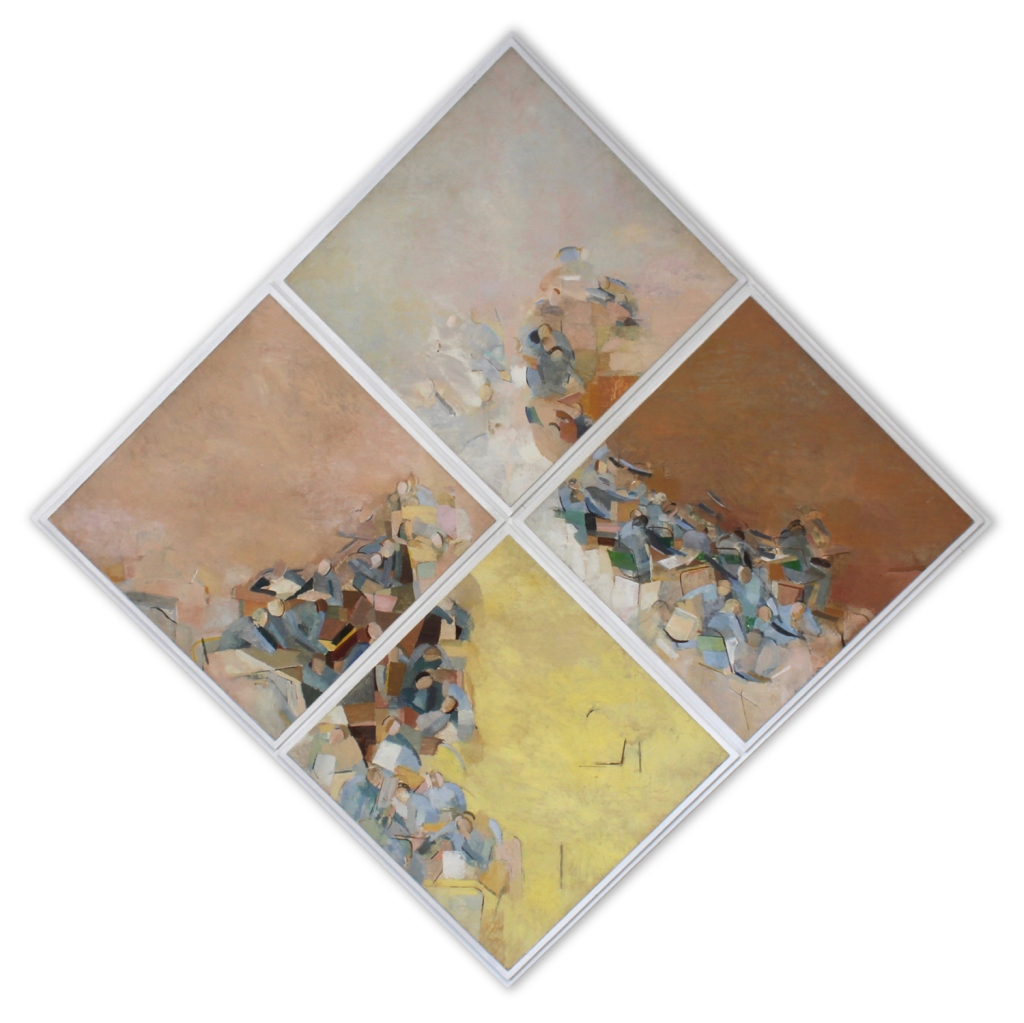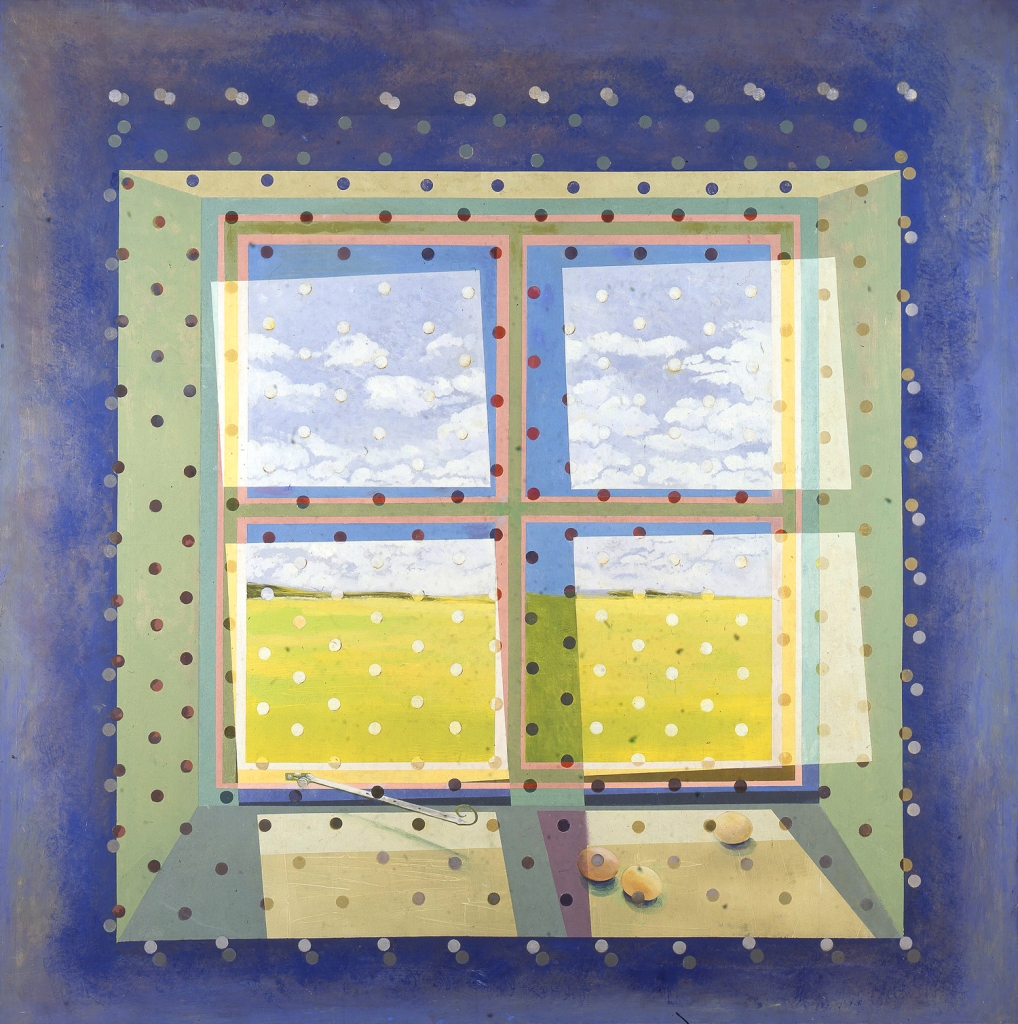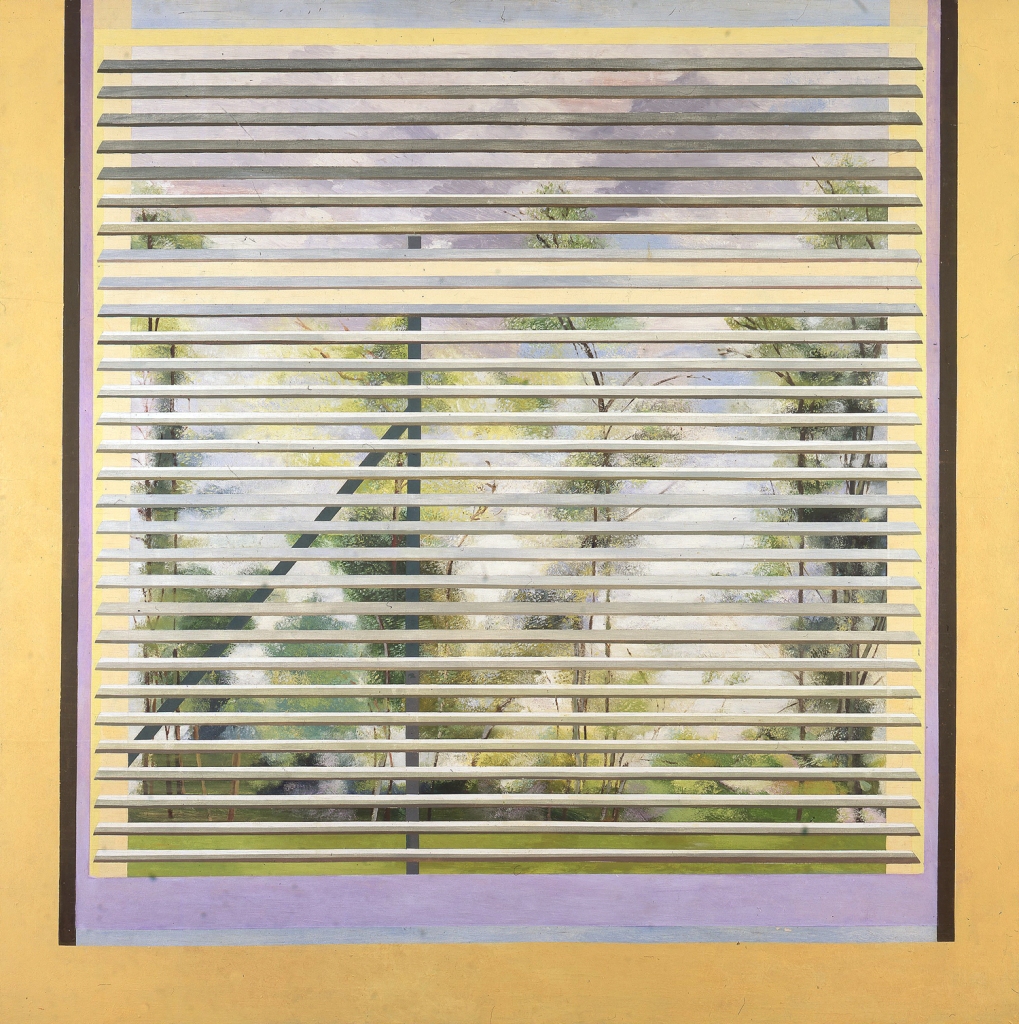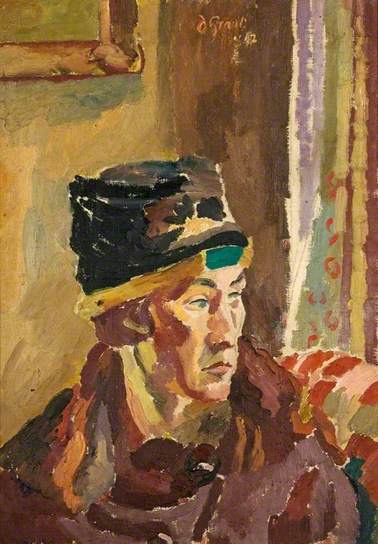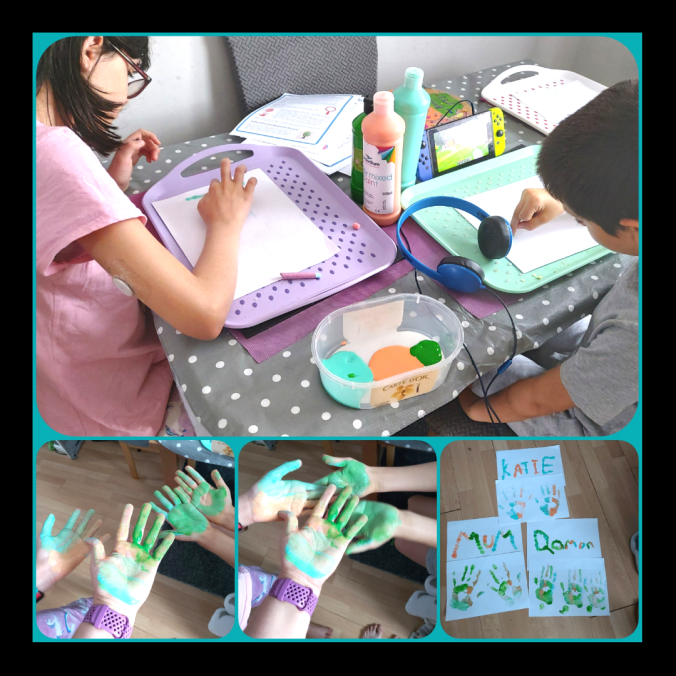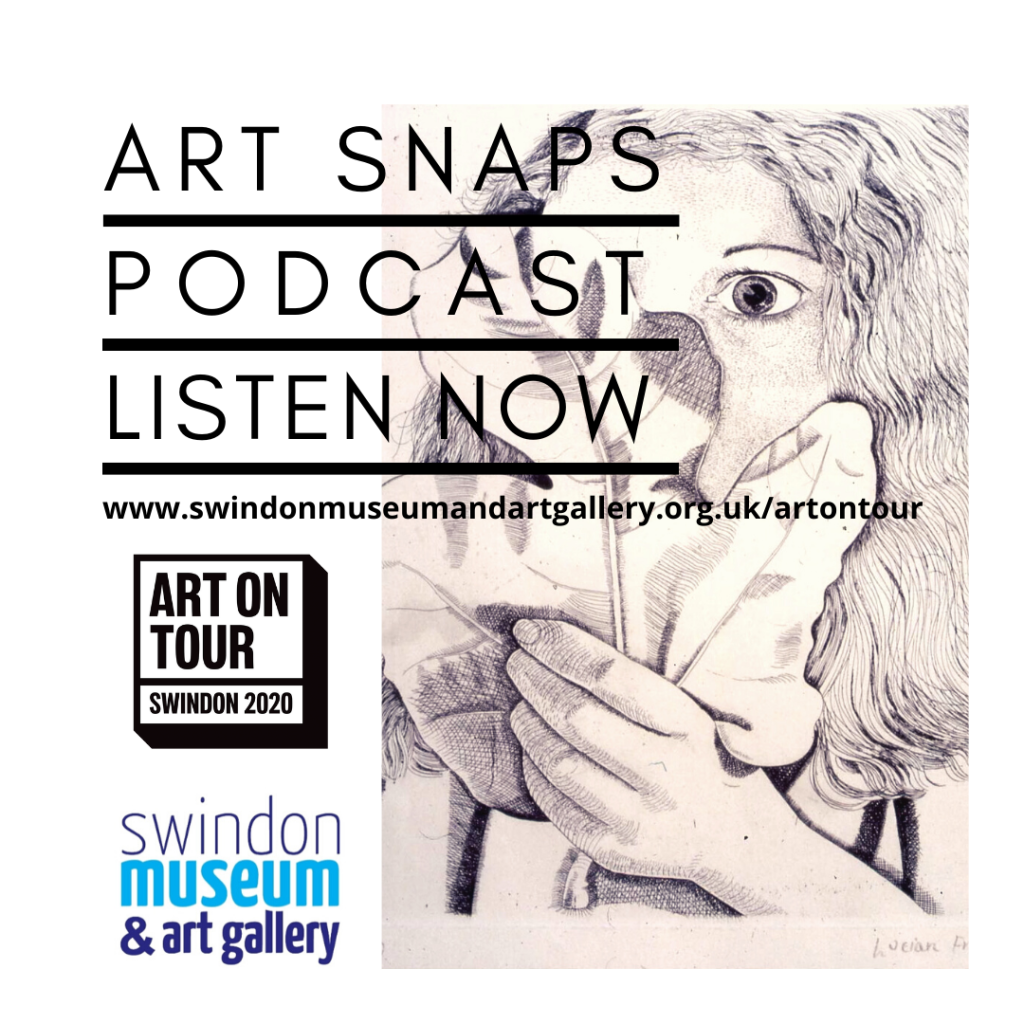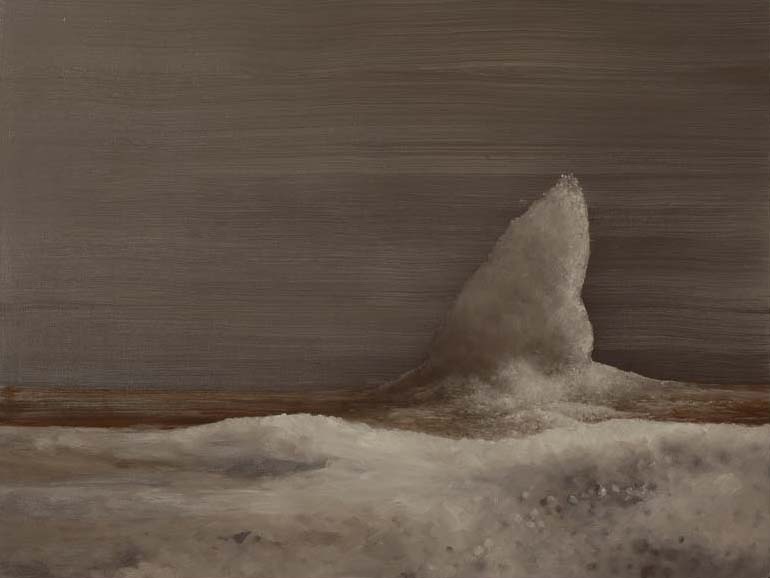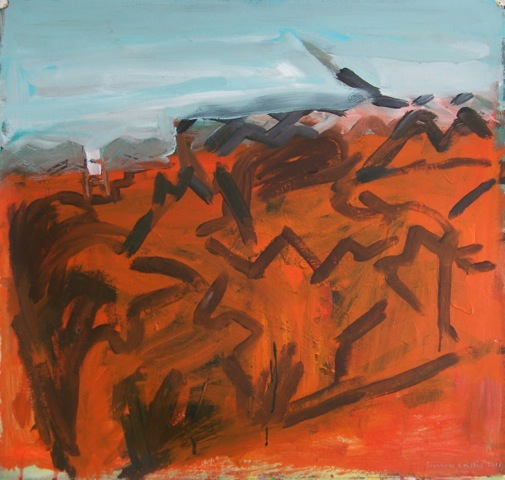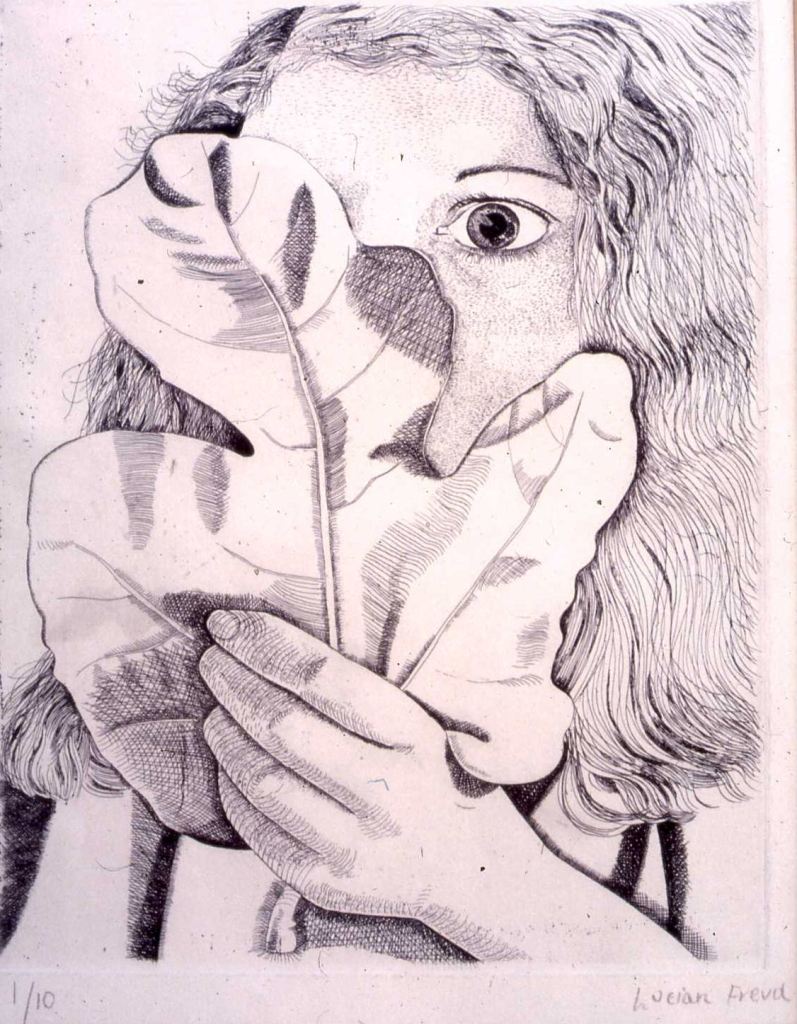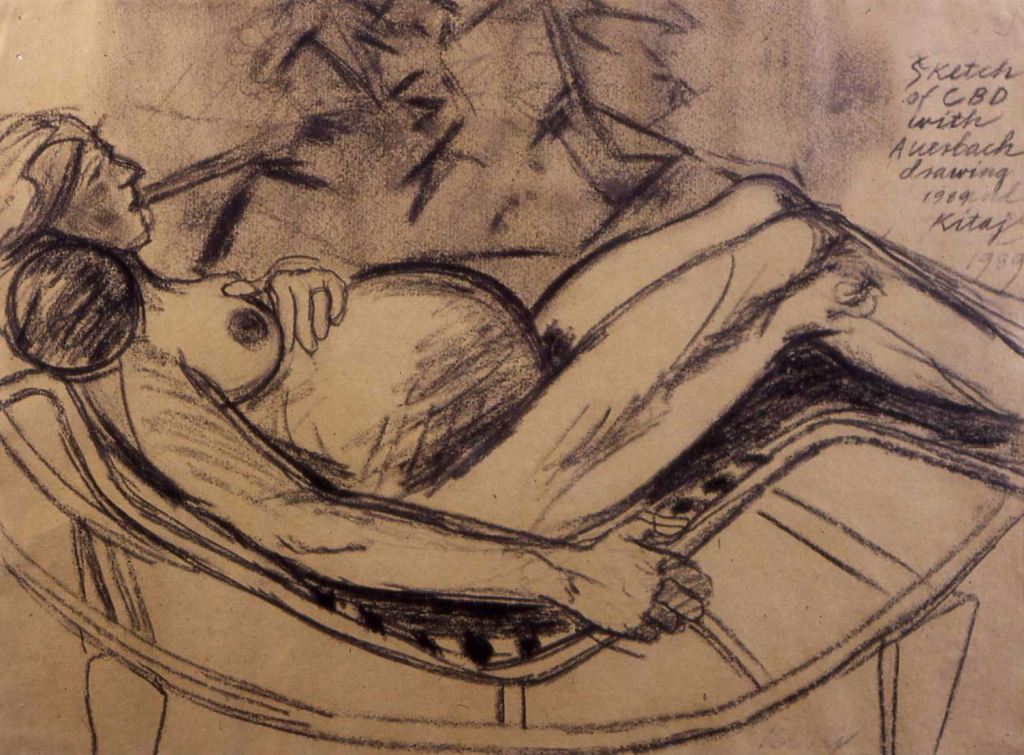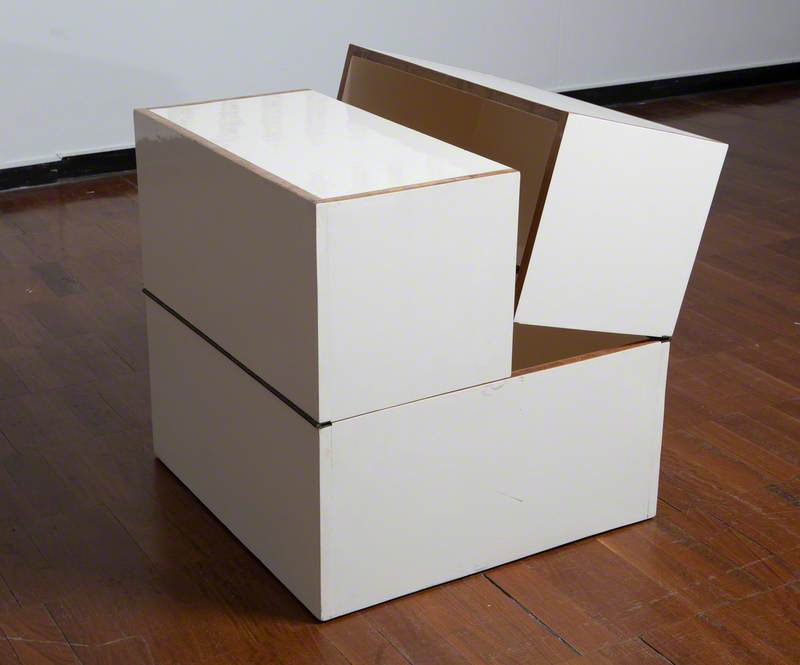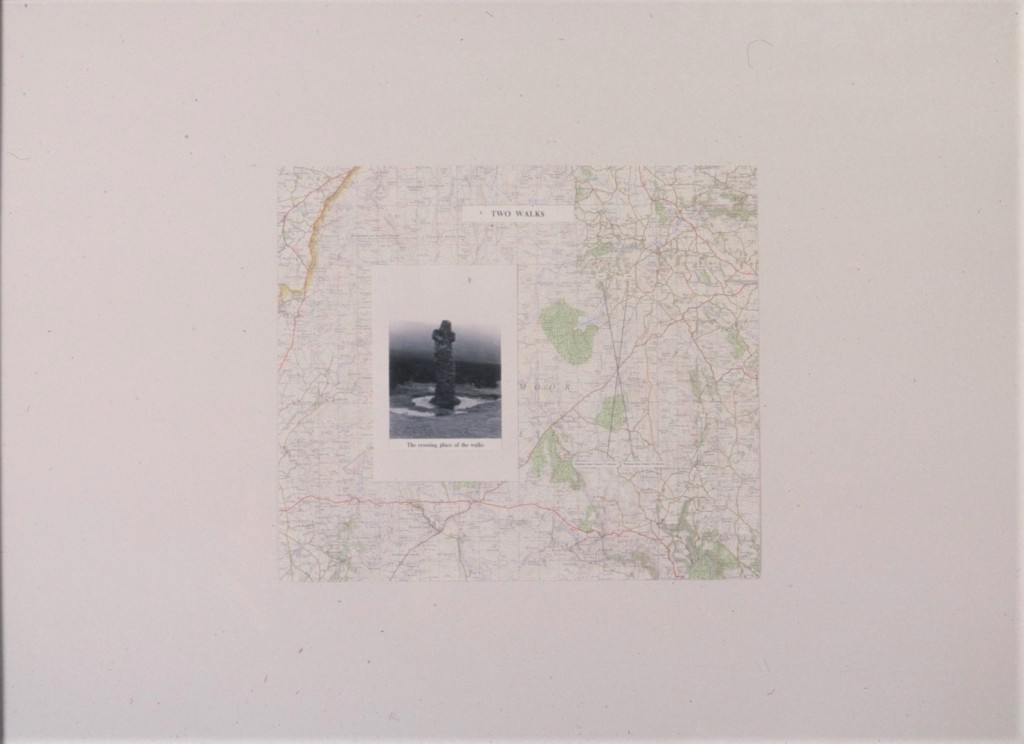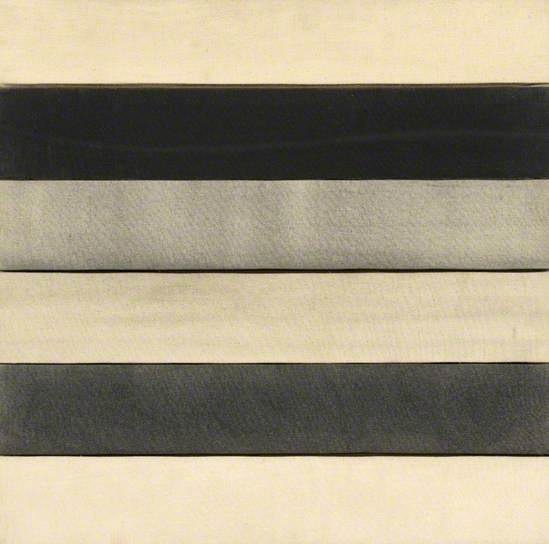Here we are in December again! As we all begin to wind down for a period of festive fun, we’ve been reflecting on the past year. Those who have been following Art on Tour will know that the past six months have been especially busy! When restrictions began to lift in Spring-Summer, Art on Tour reacted quickly to build a safe and ambitious learning and engagement programme. So, we apologise profusely to our followers for having to temporarily abandon our blog! We think now would be a good time to make up for it, and fill you in on what’s happened…
…
It goes without saying that running a learning and engagement project during a pandemic comes with its challenges. When we began Art on Tour back in January 2020, our brief was to engage as many people in Swindon with its important art collection as possible. So we set the following aims:
- Make the Swindon Collection more accessible by sharing it beyond gallery walls.
- Generate exciting, inspiring and transformative opportunities for widespread off-site collections engagement.
- Forge creative learning and engagement partnerships across the Borough.
- Champion art engagement for hard to reach groups.
This would involve an ambitious plan to tour artworks to exciting locations, run talks and workshops, collaborate with local and national arts events, and create a comprehensive learning programme with schools and colleges.
When it became clear that we would be locking down for a while, we turned to digital outreach, honing our (previously limited) digital skills to share the collection with people whilst they were at home wondering how to fill the days.
Though we were forced to move away from our original plans for a while, we were excited to discover the value of digital engagement. We reached audiences as far as Australia with our Art Snaps talk series, worked alongside organisations like Art UK in ways we’d never imagined before, and provided free online resources for schools and families. We had fun, and we think other people did too!
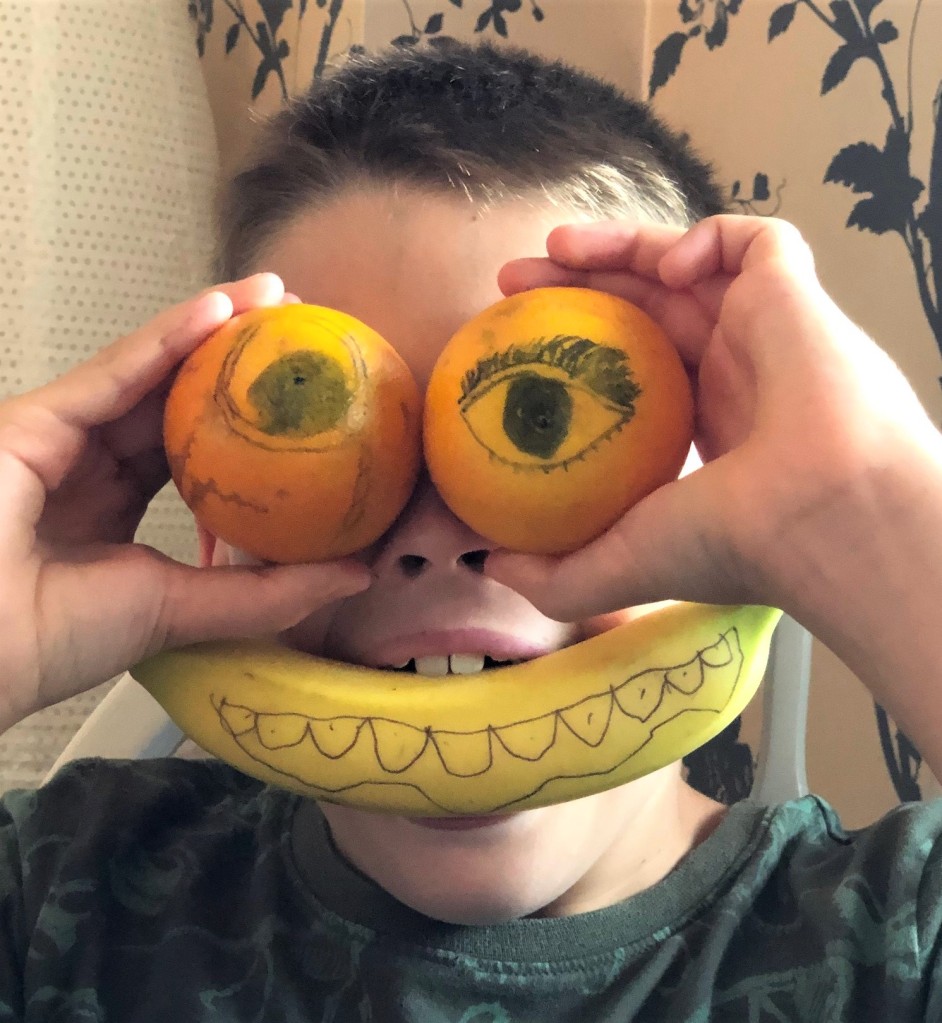
We took advantage of the opportunity to delve deep into the stories entwined with the collection, and seek out new ways to tell them. This also included the installation of an exhibition for Key Workers at STEAM’s Covid Vaccination Centre, and the curation of an online exhibition with The Harbour Project.
When restrictions were lifted, we once again began to think about our original programme, and (with the greatest care) began to get back into the community.
So, what have we been up to since restrictions lifted?
The first step was to get the schools programme up and running… Although, we’d describe it more as a sprint than a run! Up until July 2021, we worked with 32 schools, engaging around 3,700 students with Swindon’s Collection.
Once school was out, we launched straight into our summer engagement programme. Our pop-up gallery “Mr Bomford’s Travelling Imaginarium” found its way to Coate Water, Lydiard Park, the Town Centre and Highworth, as well as Pride Festival and inSwindon’s Summer Community Arts Fest. Through changing displays, interactive engagement and craft activities, we were able to engage with hundreds of families in Swindon.
So, summer was all about providing free and accessible ways for families to learn about and engage with art from Swindon’s Collection. We are thrilled to welcome over 1,000 visitors to our activities. Beyond the numbers, we truly felt the benefits of taking art out to public spaces and making it accessible to a multitude of visitors with diverse backgrounds and varied levels of mobility. The experience was positive and heart-warming to say the least.
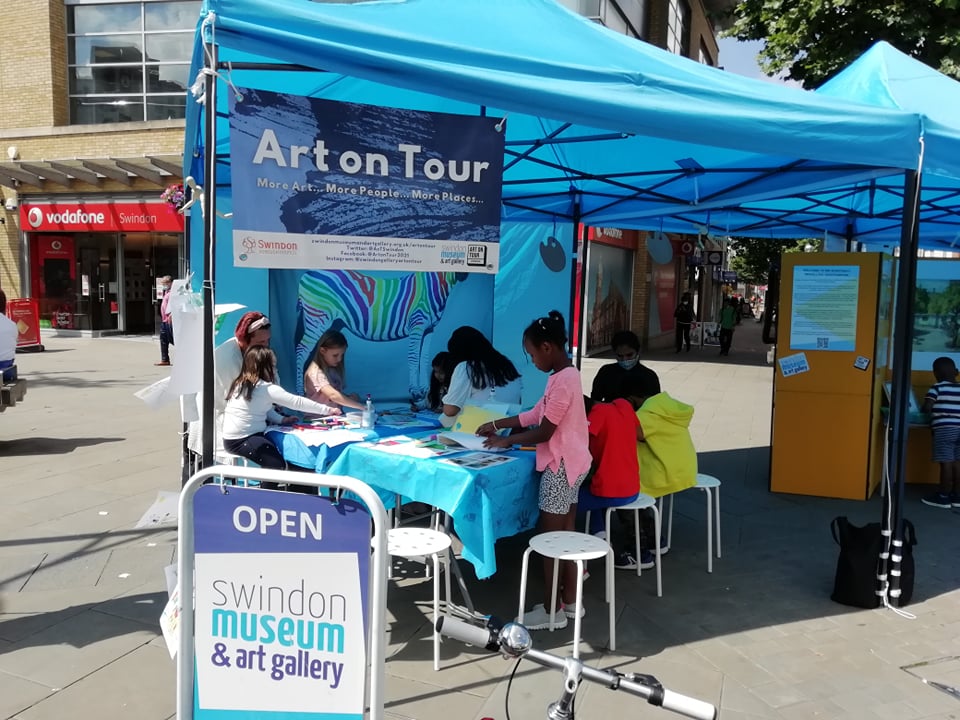
‘Mr Bomford’s Travelling Imaginarium’ in the Town Centre
After the summer programme ended, there was little time to rest. After all… there were culture and heritage festivals to attend! The next two festivals were Heritage Open Days and The Big Draw, and for these we took the “Go big or go home” approach. In September and October we worked with six venues to deliver exhibitions and engagement activities. One of the most memorable events was the Big Draw at STEAM Museum, where Peter Cowdy created a piece of “live art” and our pals from the Totally Crazy Artists helped our young visitors with their creations.

Through collaborations with exciting partners like the Mechanics Institute Trust and Swindon Libraries, we shared 50 artworks through exhibitions at STEAM Museum, Lydiard House, the Central Library, the Railway Village Museum, the Central Community Centre and the Health Hydro.
We were even able to show artworks that hadn’t previously been exhibited since entering the collection. These included stunning large-scale etchings by Murray Robertson at the Central Library, and four watercolours by Janet Boulton at STEAM Museum. We were also able to frame some charming drawings by locally-loved artist Frank Quinton, for our exhibition Frank Quinton: A Celebration at the Central Community Centre.
It is safe to say that we’re finally beginning to realise our initial plan for Art on Tour, and have been thrilled with the positive response we’ve received so far! It has been brilliant to see how much enthusiasm there is for the Swindon Collection, and we’ve enjoyed finding creative and meaningful ways to share it in Swindon.
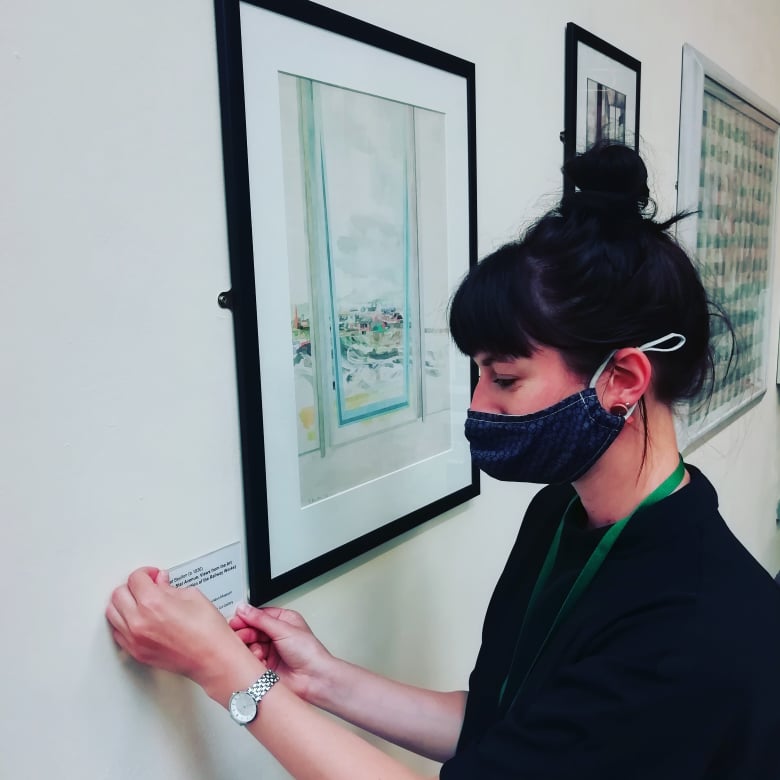
What’s next for Art on Tour?
After an action-packed six months, we’re spending some tome planning next year’s Art on Tour activities. We will continue to deliver meaningful work with current and new partners across the Borough, including arts and heritage organisations, schools and colleges across the town. This will include exhibitions, art appreciation talks, workshops and free drop-in activities as well as an ambitious schools programme!
We’ll be announcing our Spring programme very soon, so watch this space for announcements about exhibitions and events over the next few weeks! Follow the blog to receive updates, and/or follow us on the socials:
Facebook: @ArtonTourSwindon
Instagram: @artontourswindon
Twitter: @AoTSwindon
Thanks for reading, and we wish you a very Merry Christmas!
Blogpost by Katie (Engagement Officer) and Mags (Learning Officer)


